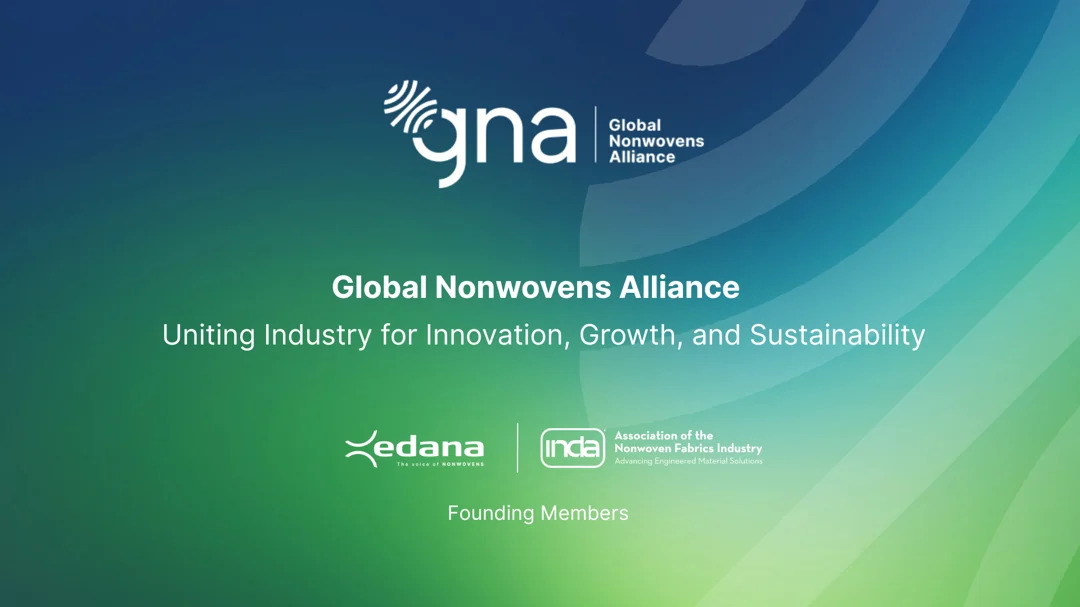The global textile flame retardants market size is expected to reach USD 717.0 million by 2030, as per a new report by Grand View Research, Inc. registering a CAGR of 3.6% during the forecast period. The market growth is attributed to the rise in product demand from end-use industries such as industrial manufacturing, transportation, and defense. Flame retardants are chemicals used to retard flame propagation in textiles, plastics, building & construction, electrical & electronics, transportation, and defense applications. They exhibit different chemical compositions and are classified into halogenated and non-halogenated types.
Key Industry Insights & Findings from the report:
- The brominated product type accounted for around 70.0% revenue share in the halogenated product segment in 2021. The growth is attributed to the increase in product consumption in the treatment of furniture cushions, lampshades, curtains, privacy curtains, and drapery.
- The PU segment is anticipated to expand at the highest CAGR of 5.9% from 2022 to 2030 in terms of revenue, owing to its use in various applications, which include textile coatings, fibers, and foams.
- The durable type segment held around 54% of the revenue share in 2021. Durable type products include materials that form cross-linked structures on the fiber or react covalently with the fiber.
- The foam coating segment is anticipated to advance at 4.4% CAGR during the forecast period owing to its use to inhibit or retard combustion of flammable constituents, including foam.
- The industrial end-use segment has emerged as one of the prominent segments and is anticipated to expand at 3.5% during the projected period, owing to the use of flame retardants in construction and manufacturing activities.
- The Asia Pacific product market is driven by improved safety measures against fire, high demand from end-use industries, favorable government initiatives, and technological developments in developing economies. Flame retardants are used for producing workers’ uniforms in the mines.
- Evolution of organophosphorus compounds owing to their enhanced flame retardancy properties is expected to present new opportunities for the phosphorus-based product market in the near future, especially in Europe and North America.
Textile Flame Retardants Market Growth & Trends
In addition to increased scrutiny from regulatory agencies around the world, developments in chemical sciences have increased the demand for the product. Regulations aimed at reducing the risk of fires have also been implemented as a result of this. In the creation of textile materials with flame retardants integrated, a variety of retardants, including aluminium trihydroxide, brominated, chlorinated, antimony oxides, and organophosphorus, are used. They are used in the production of styrene, epoxy resins, engineering thermoplastics, and Polyolefins.
Significant R&D activities focused on developing new offerings for the market have led to the introduction of bio-based products. This is projected to upsurge product demand, thereby further expanding its application scope. However, the market for bio-based products is still in the nascent phase and is projected to grow in line with commercialization and consumer cognizance.
Read 109-page market research report, “Textile Flame Retardants Market Size, Share & Trends Analysis Report By Product (Halogenated, Non-halogenated), By Application, By Type, By Technology, By End-use, By Region, And Segment Forecasts, 2022 – 2030,” published by Grand View Research.







Leave A Comment